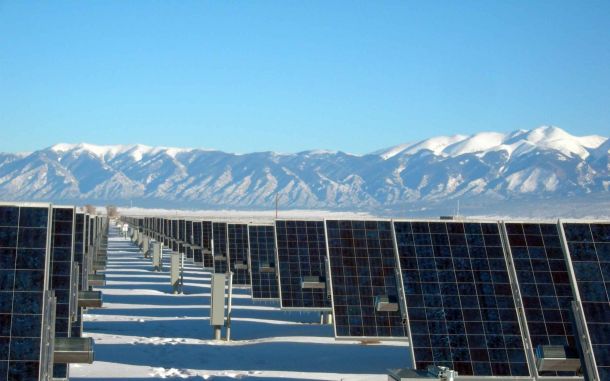Geothermal Fluids

Geothermal energy is a type of renewable energy that harnesses heat from the earth’s crust to generate electricity or provide heating and cooling. This energy source is considered to be both sustainable and reliable, as it is not dependent on weather conditions or fluctuations in fuel prices. Geothermal energy is currently being used in several countries, including the United States, Iceland, and Italy, and has the potential to become an increasingly important source of energy as the world continues to transition to more sustainable forms of energy.
Geothermal Fluids in the USA
In the US, geothermal fluids are primarily used for electricity generation in geothermal power plants. According to the US Department of Energy, there is currently 3.8 GW of installed geothermal capacity in the US, which is enough to power approximately 3.8 million homes. The majority of geothermal power plants in the US are located in California, Nevada, and Oregon, where there are large geothermal resources and favorable geological conditions for the extraction of geothermal fluids.
In addition to electricity generation, geothermal fluids are also used for direct-use applications in the US, such as heating and cooling buildings and greenhouses. According to the Geothermal Energy Association, there are currently over 100 direct-use geothermal systems in the US, which use geothermal fluids to heat or cool more than 40,000 buildings.
Geothermal Fluids in the World
Geothermal energy is used around the world for a variety of applications, including electricity generation, heating and cooling, and industrial processes. According to the International Energy Agency, there is approximately 15 GW of installed geothermal capacity worldwide, which is enough to power approximately 13 million homes. The majority of geothermal power plants in the world are located in the Asia-Pacific region, particularly in Indonesia, the Philippines, and New Zealand.
Challenges and Opportunities
While geothermal fluids are a clean and renewable energy source, there are still several challenges associated with their use. One challenge is the potential for depletion of geothermal reservoirs, which can occur if too much fluid is extracted too quickly. Another challenge is the potential for environmental impacts, such as the release of greenhouse gases and other pollutants, if geothermal fluids are not managed properly.
Despite these challenges, there are also several opportunities associated with the use of geothermal fluids as an energy source. For example, geothermal energy can provide a stable and reliable source of energy, since the heat of the earth’s crust is constantly being replenished. Geothermal energy is also a local resource, which can help to reduce dependence on imported fuels and increase energy security.
Sources
The following sources provide more information on geothermal fluids and their use in the US and worldwide over the past decade:
- US Department of Energy: The Department of Energy provides information on energy policy, research, and development in the US, including information on geothermal energy and its use.
- Geothermal Energy Association: The Geothermal Energy Association is a trade association that represents the geothermal industry in the US. The website provides information on geothermal energy use in various applications, as well as information on geothermal technology, policy, and regulations.
- International Energy Agency: The International Energy Agency is an intergovernmental organization that provides information and analysis on energy policy and markets. The website provides information on geothermal energy use worldwide, including statistics on geothermal capacity and production.
Conclusion
Geothermal fluids are a clean and renewable energy source that has been used around the world for centuries. While there are still challenges associated with their use, such as potential environmental impacts and the potential for depletion of geothermal reservoirs, there are also several opportunities associated with the use of geothermal energy, such as its stability and reliability as a local energy source. As countries around the world seek to reduce their carbon emissions and transition to cleaner forms of energy, geothermal energy is likely to play an increasingly important role.

